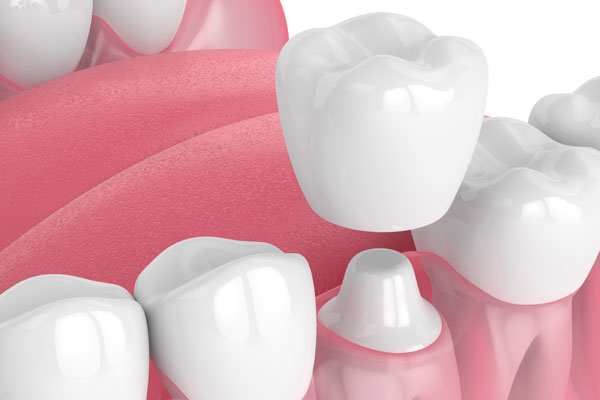 Getting a dental bridge for many missing teeth can renew your dental functions and oral health. It can even give you better self-esteem, knowing that your smile is complete. Your dentist will make sure that your restoration will feel and look natural. Here are the details when it comes to considering a dental bridge for multiple teeth replacement.
Getting a dental bridge for many missing teeth can renew your dental functions and oral health. It can even give you better self-esteem, knowing that your smile is complete. Your dentist will make sure that your restoration will feel and look natural. Here are the details when it comes to considering a dental bridge for multiple teeth replacement.
The treatment
The dentist must determine if the patient has enough natural teeth that can support the dental bridge. The abutment teeth on each side of the gap must be healthy and strong. Weak and unhealthy abutment teeth will cause the bridge to loosen over time. The patient should be aware that there will be instability if more than two teeth are on the dental bridge. Healthy abutment teeth will make a four-teeth bridge more efficient.
Connecting the dental bridge to each side of the dental gap will renew the patient’s smile. The dentist will bond the pontics to fill the gaps between the teeth. Removing a significant amount of dental structure from the abutment teeth will come first. Taking impressions of the treated teeth will follow. These impressions will help the lab create custom-fit crowns to support the artificial teeth. The procedure will take some time to complete, but once it is over, the patient will have a complete smile and full dental function.
The number of teeth a dental bridge can replace
Replacing up to four teeth is possible with a dental bridge. The number of teeth will depend on the patient’s needs. The most common number of teeth is one or even two. It is still possible to get up to four artificial teeth, but the dentist will consider many factors first. One of them is that the abutment teeth need to be healthy and strong. Weak abutment teeth will loosen the dental bridge over time.
The types
Dental crowns support a traditional bridge. Getting this type of dental bridge will involve grinding down the dental structure of the two abutment teeth on each side of the gap. This is an effective dental restoration despite the tooth preparation. Some patients will need a local anesthetic before the dentist grinds the teeth.
An implant-supported bridge has dental implants instead of crowned natural teeth for support. The dentist will place the dental implants in the jawbone first. The titanium rods will act as dental roots that stimulate the jawbone. This will prevent jawbone loss. After successful osseointegration and healing, the patient will return for the abutment and artificial crown. It will take about four to six months for the implants to fuse with the jawbone and gum tissue.
A cantilever bridge is easier to install. The dentist will only place one dental crown over one natural abutment tooth. But this means that the dental bridge will not be as strong as the other types of bridges. Most dentists use a cantilever bridge for front teeth.
A Maryland bonded dental bridge uses a metal framework for support. Dental crowns will not be necessary. The dentist will attach a metal framework on either side of the artificial tooth. This dental bridge is for patients who do not want their natural teeth changed in any way.
Considering a dental bridge for multiple teeth replacement can result in a faster treatment
Many missing teeth can be challenging to replace. Your dentist may recommend a dental bridge to complete your smile. The right type of bridge can meet your dental needs. Working with your dentist can keep your restorations in top shape for a long time.
Request an appointment or call Chesterfield Dentist at 804-412-0867 for an appointment in our Chester office.
Recent Posts
Dental bridges and dental crowns are wonderful, durable options to restore a smile. However, they are both employed for different reasons. By understanding the specifics of both, patients can learn which option is best for their needs when consulting with a dentist.Dental bridges are recommended after a tooth extraction, whether by trauma or professional intervention.…
Dental bridge placement will need two visits. The patient will go through a short process that will not be invasive at all. The result will improve the patient’s dental and general health. Knowing the placement process for this restoration can help prepare you for your next visit. Here is the placement process for a dental…
Both dental bridges and implants are popular, effective tooth replacement solutions. However, there are cases in which a general dentist may recommend a dental bridge over implants. This may be due to the number of teeth missing, their location, and the strength of the underlying jawbone, among other factors. Understanding how each of these treatments…


